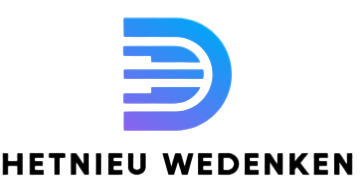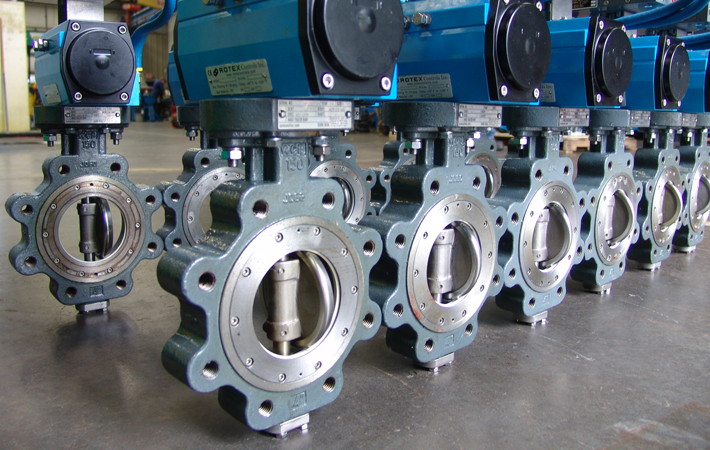Top Mineral Equipment Providers Revolutionizing the Mining Industry
The mining industry, a cornerstone of global infrastructure, is undergoing a transformative shift thanks to the innovations brought forth by leading mineral equipment providers. These companies are not just enhancing efficiency but are redefining the entire mining process, making it more sustainable, cost-effective, and technologically advanced. Among the top players in this revolution is Caterpillar Inc., a titan in heavy machinery renowned for its robust and reliable mining equipment. Caterpillar’s cutting-edge solutions, such as autonomous trucks and advanced drilling systems, are streamlining operations and reducing the need for human intervention in hazardous environments. Their autonomous haulage systems, for example, are not only increasing productivity but also enhancing safety by minimizing human exposure to dangerous conditions. Another significant contributor is Komatsu Ltd., which has made remarkable strides in integrating digital technology into its mining machinery.

Komatsu’s Smart Mining solutions leverage the power of IoT and data analytics to optimize equipment performance and maintenance schedules. Their fleet management systems enable real-time monitoring and predictive maintenance, which helps prevent unexpected breakdowns and reduces operational downtime. This data-driven approach not only extends the lifespan of the equipment but also maximizes overall efficiency and i loved this www.minejxsc.com. Sandvik Mining and Rock Technology are also at the forefront of this transformation. Known for its innovative rock drilling and excavation equipment, Sandvik is pushing the boundaries with its focus on automation and remote control technologies. Their new range of automated drill rigs and loaders offers enhanced precision and reduces the need for manual intervention. Sandvik’s commitment to sustainability is evident in their development of energy-efficient equipment and their efforts to reduce the environmental impact of mining operations. Another notable player is Epiroc AB, which is making waves with its advancements in hydraulic drilling and excavation equipment.
Epiroc’s focus on automation and digitalization has led to the creation of smart drills and bolting rigs that improve safety and productivity. Their innovations, such as the Rig Control System and automation solutions, enable more accurate and efficient operations, reducing the overall cost of mining projects. Additionally, Liebherr Group stands out with its high-performance mining excavators and trucks. Liebherr’s commitment to innovation is reflected in their introduction of high-capacity machines designed to handle the most challenging mining conditions. Their equipment features advanced hydraulic systems and sophisticated control technology that enhance operational efficiency and safety. These leading mineral equipment providers are not only advancing technology but are also focusing on sustainability and efficiency. By incorporating automation, what is a ball mill data analytics, and energy-efficient designs, they are addressing some of the most pressing challenges in the mining industry. Their efforts are paving the way for a future where mining operations are safer, more productive, and less environmentally damaging.





